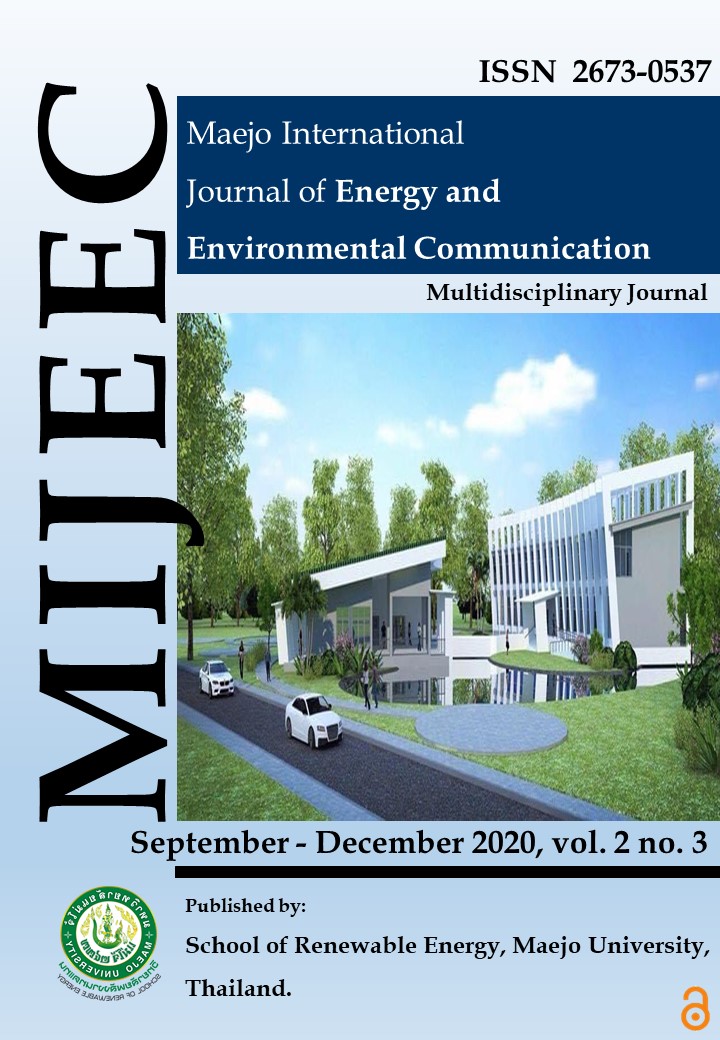Treatment of Chromium in Wastewater by using Loquat Leaves as Biosorbent
Main Article Content
Abstract
Heavy metal pollution generating from industries is a serious issue in China as it causes severe environmental pollution and health problems. Chromium is one of the common heavy metal appeared in wastewater of metal plating and processing industries and has to reduce its concentration to permissible levels before discharge by law. This study focused on removing chromium ion present in wastewater by using bioresource material loquat leaves as an adsorbent. The extent of adsorption of chromium ion was studied and found to be dependent on solution contact time with the adsorbent, particle size and dosage of the loquat leaves and chromium concentration. The result showed that the loquat leaves have a 70% efficiency in removing chromium ions. The experimental equilibrium biosorption data were analyzed by two widely used isotherms namely Langmuir, and Freundlich. The Langmuir isotherm model better fits the experimental data than the Freundlich isotherm model by high correlation coefficients R2. The maximum monolayer capacity of loquat leaves was found to be 0.0201 mg/g for Chromium ions.
Article Details
Copyright © 2019 MIJEEC - Maejo International Journal of Energy and Environmental Communication, All rights reserved. This is an open-access article distributed under the terms of the Creative Commons Attribution-NonCommercial- Attribution 4.0 International (CC BY 4.0) License






